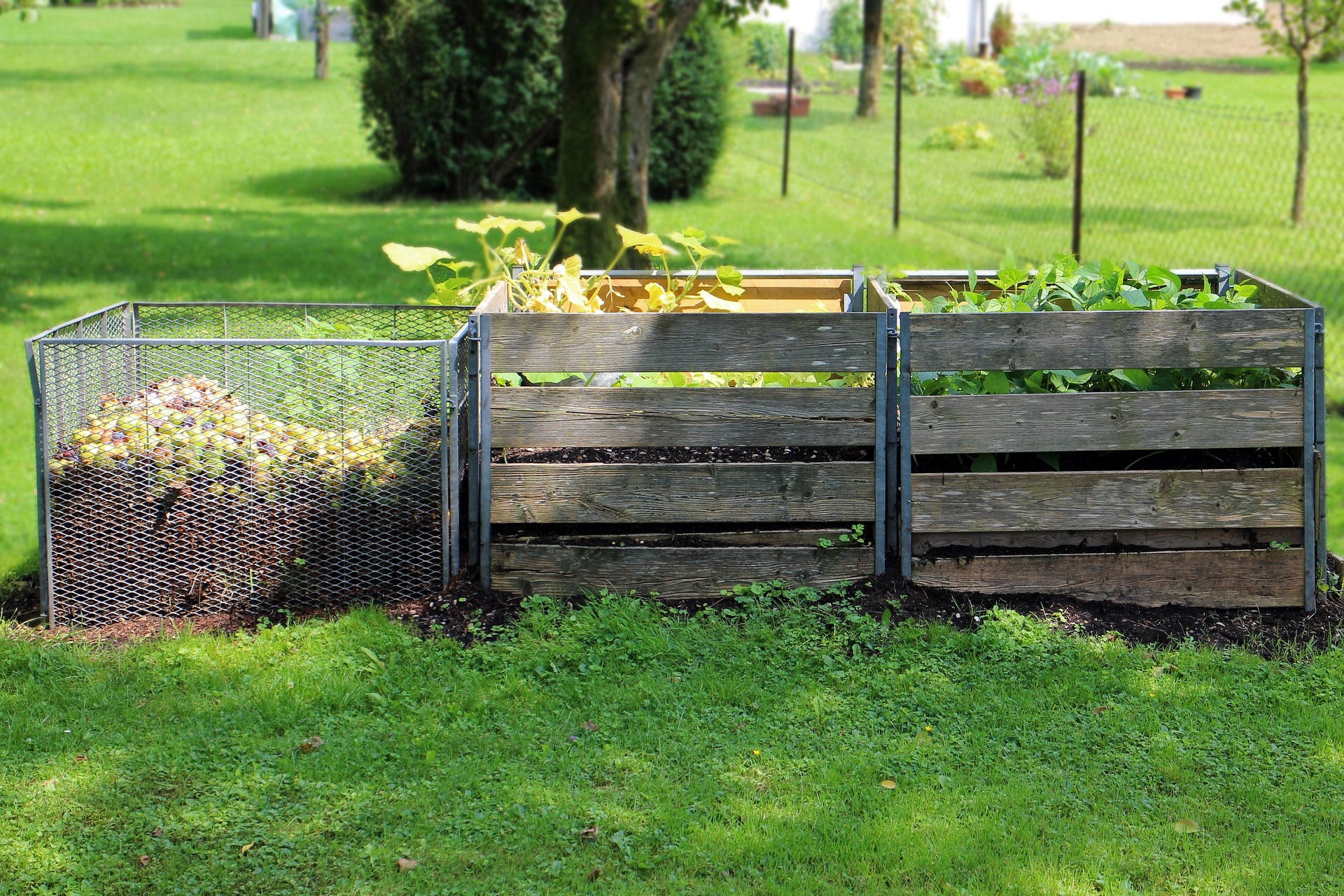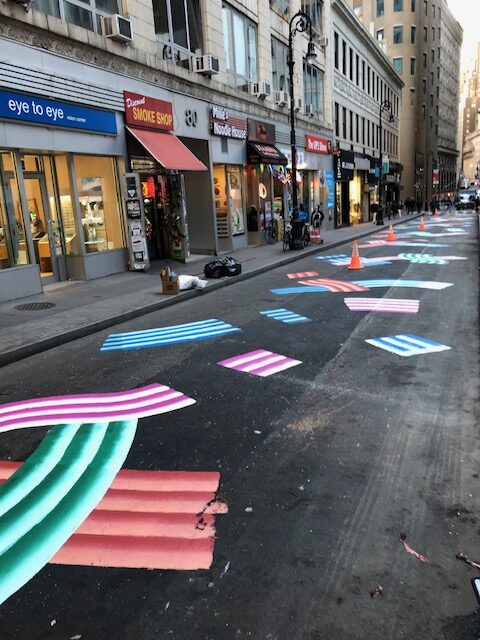Basic Elements of Destination Management
Destination Management is a strategic process focused on the sustainable development, marketing, and governance of tourist destinations. It involves coordinating various stakeholders, such as local governments, businesses, community groups, and visitors, to enhance the visitor experience while preserving the destination’s natural, cultural, and social resources.
Design and Development
- Infrastructure development (roads, hotels, facilities)
- Sustainable land use and urban planning
- Cultural heritage preservation and environmental protection
Marketing and Promotion
- Destination branding and positioning
- Digital marketing, social media and global campaigns
- Event and tourism exhibition organization
Governance and Coordination
- Public-private partnership
- Participation of local communities in decision-making
- Clear regulations and policies for the management of tourism flows
Guest Experience Management
- Improving services and amenities
- Interpreting and storytelling of cultural and natural elements
-Resolving issues of safety, accessibility and visitor satisfaction
Sustainability Practices
Reducing carbon footprint and waste
- Promoting environmentally friendly transport and accommodation
- Educating visitors on responsible tourism
Crisis Management
- Preparing for natural disasters, pandemics or political instability
- Resilience and recovery strategies


Examples of Successful Destination Management:
• Barcelona, Spain
Regulated tourist numbers and diversified tourism to reduce strain on the city center.
• New Zealand
“Tiaki Promise” initiative encourages visitors to protect nature, respect culture, and conserve resources.
• Amsterdam, Netherlands:
Implemented a “balanced tourism” policy to manage overcrowding and preserve local life quality.

Design and Development
Marketing and Promotion
Governance and Coordination
Guest Experience Management
Sustainability Practices
Crisis Management


Destination Management Planning
A well-structured Destination Management Plan (DMP) ensures sustainable tourism growth, preserves local culture and environment, and enhances visitor experiences. Here’s a breakdown of the key actionable steps for effective planning:

Design and Development
Marketing and Promotion
Governance and Coordination
Guest Experience Management
Sustainability Practices
Crisis Management
7 Steps to Turn Your Tourism Idea into a Successful Investment
Proposed Structure:
- Understanding the destination and the market
→ Market research, tourist profile, competition. - Shaping the idea and targeting the audience
→ What do I offer? Who do I address? - Writing a realistic Business Plan
→ Income-expenses, goals, timeline, SWOT analysis. - Finding a suitable location or property
→ Technical/legal issues, licensing. - Utilization of financial tools
→ ESPA, LEADER, Development Law, European Programs. - Construction or renovation with sustainable standards
→ Design, green infrastructure, bioclimatic approach. - Marketing & Operation
→ Promotion, reservations, customer experience, quality control.







